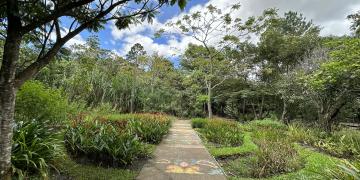Collective decision through participatory process
Institution Building by setting up CCA Management Committees
Participatory mapping and demarcation of conserved area
Community-based tourism: economic incentive for conservation
Participatory CCA monitoring
Participatory management planning and capacity building
